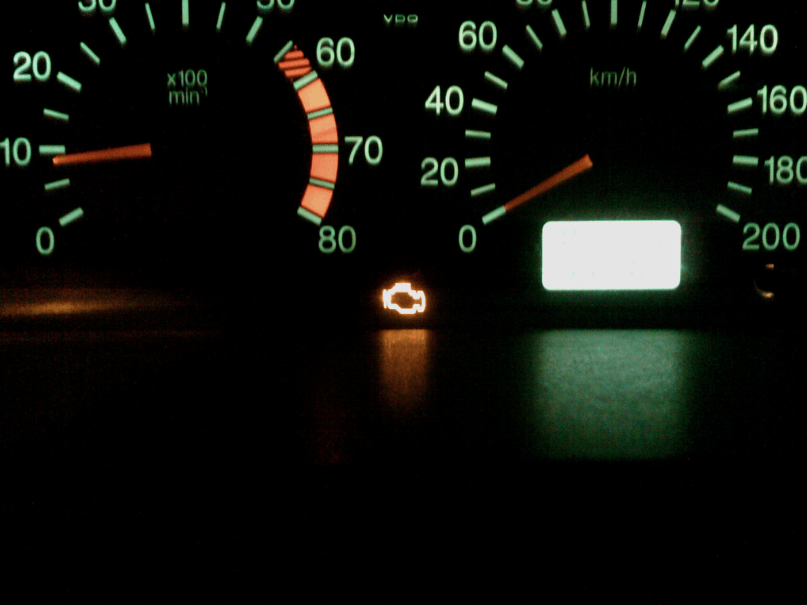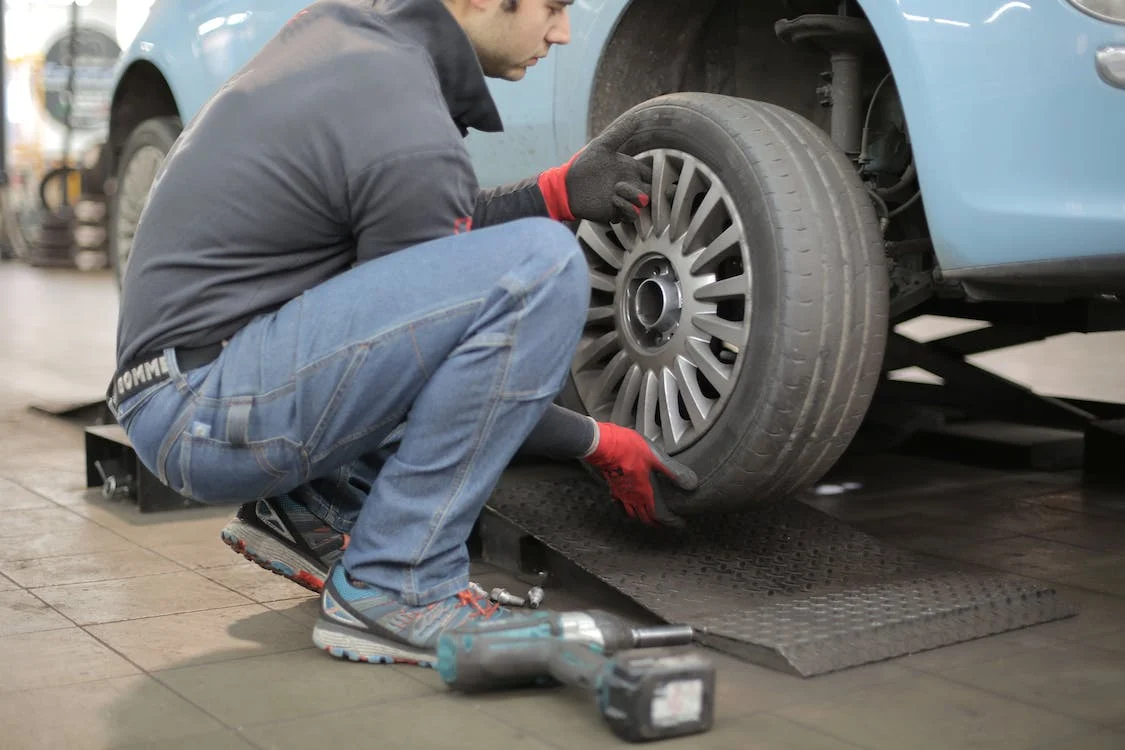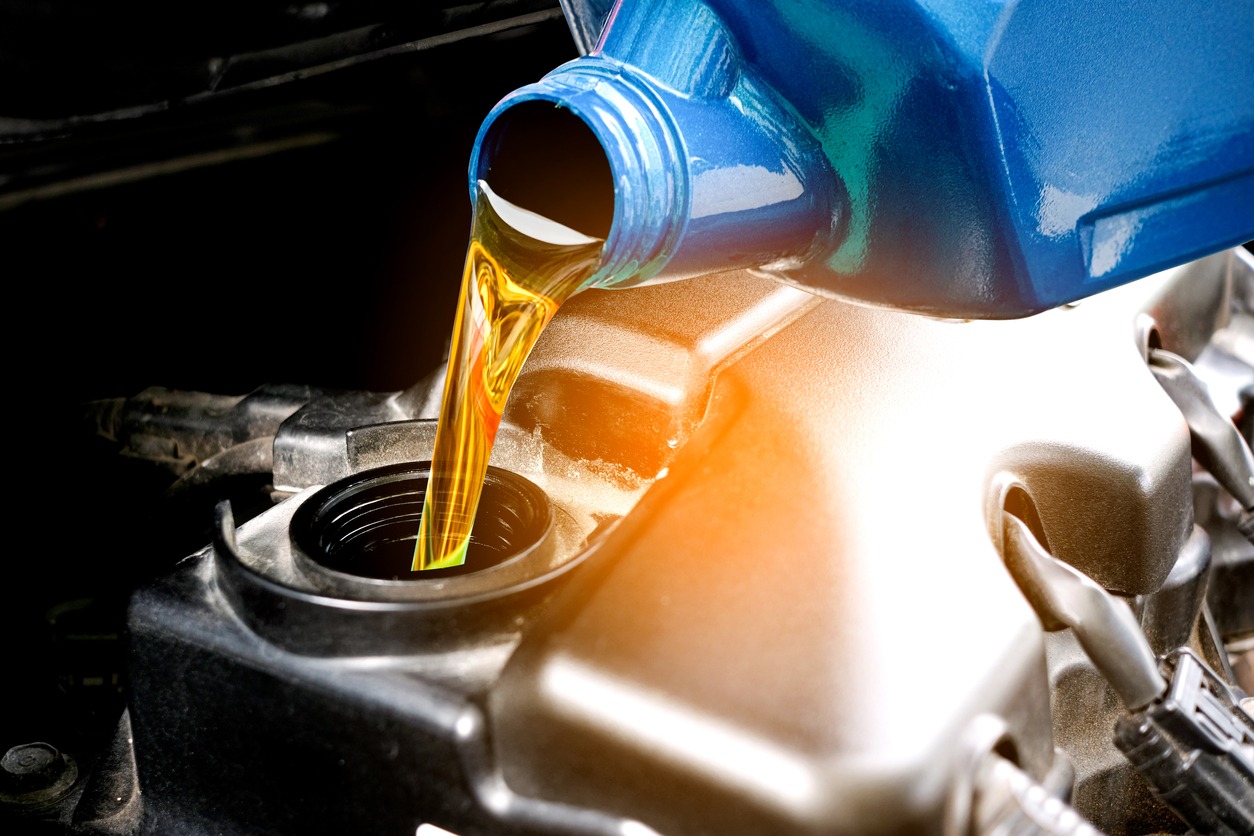Maintaining a vehicle is crucial not only for the longevity of your car but also for your safety on the road. Certain habits and oversights can lead to premature wear and tear, diminishing both performance and resale value. Conversely, understanding and avoiding these pitfalls can ensure your car runs efficiently and reliably for years to come.
In a world where our vehicles are increasingly complex, featuring sophisticated electronics and advanced materials, knowing what to avoid is as important as performing regular maintenance. From not ignoring minor issues like rust to the intricacies of electronic systems care, the dos and don’ts can be extensive. Knowledge about safe driving practices, the impacts on insurance rates and available discounts can play a significant role in your car’s upkeep and overall driving experience.
Key Takeaways
- Regular car maintenance and timely repairs prevent long-term damage.
- Safe driving habits contribute to vehicle longevity and occupant safety.
- Understanding vehicle insurance can offer financial protection and benefits.
Don’t Make Common Mistakes and Ignore Warnings
Fundamentals of Car Care
Proper vehicle maintenance ensures safety, reliability, and longevity. Focusing on engine maintenance, tire upkeep, and fluid management is indispensable for a well-maintained vehicle.
Engine Maintenance
Regular engine maintenance is critical. A driver should replace the air filter frequently to maintain engine efficiency and optimal fuel economy. They must also check for signs of rust on vehicle components, as it can lead to serious damage if left untreated. Addressing rust promptly is a crucial step in preventing long-term engine problems.
Tire Upkeep
For tire upkeep, inspecting and maintaining the correct tire pressure is paramount for safety and fuel efficiency. Drivers should perform routine checks and rotations to ensure even tire wear. They must also keep an eye on the tire tread depth, replacing any tires that are excessively worn.
Fluid Management
Vehicles require fluids for various systems to function correctly. Regularly checking and changing the brake fluid can prevent brake system corrosion and failure. Maintaining the right level of transmission fluid is also essential for a smooth gear shift and can prevent costly transmission issues. Fluids should be checked and topped up as necessary, and any inconsistencies in color or texture can indicate potential problems that should be addressed by a professional.
Safe Driving Practices
Safe driving practices are crucial to ensure the safety of all road users. They involve a vigilant approach to driving, with attention to external conditions and adherence to the rules of the road.
Avoiding Distractions
Distracted driving is a leading cause of accidents on the road. Drivers must avoid activities that divide their attention, such as:
- Using Headphones: They can significantly reduce a driver’s awareness of their surroundings, which is essential for safe driving.
- Phone Use: Even with hands-free technology, engaging in phone conversations can distract a driver from the task at hand.
To counteract distractions:
- Prepare: Set up GPS and playlists before departing.
- Secure Devices: Place mobile phones out of reach or in ‘Do Not Disturb’ mode.
Adherence to Traffic Laws
Traffic laws are designed to protect everyone on the road. Key aspects include:
- Speed Limits: These should be obeyed at all times, with adjustments made for adverse weather or traffic conditions.
- Signage: Drivers should consistently observe and follow road signs and signals.
To aid in law adherence:
- Use Cruise Control on highways to maintain a consistent speed.
- Keep up-to-date on local traffic laws, as they may change or differ in certain areas.
Managing Emotions on the Road
Emotions can play a significant role in driving behavior. Road rage can lead to aggressive driving, which is dangerous to all road participants. To manage emotions:
- Stay Calm: Take deep breaths and avoid engaging with aggressive drivers.
- Plan Ahead: Allowing ample time for travel can reduce the stress of running late.
Strategies to prevent road rage include:
- Expect Delays: Anticipate and accept traffic as part of the journey.
- Avoid Confrontation: If another driver is displaying signs of aggression, do not make eye contact or respond.
Protecting Car Electronics
Managing the car’s electronics is crucial for both functionality and safety. Vehicle owners need to use electronics properly and be aware of the fire risks associated with them.
Proper Use of Car Electronics
Electronics in a car range from navigational systems to entertainment units. One should always follow the manufacturer’s guidelines for use. This is to prevent overloading the car’s electrical systems which can cause wear and reduce longevity. For example, charging multiple devices at once should be avoided if the car’s outlets can’t handle the load. Lighters and other auxiliary devices should also be used with care, as these can draw significant power and may pose a risk with improper use.
Mitigating Risks of Fire
When it comes to electronics, preventing fire risks involves a few critical steps:
- Avoid extreme temperatures: Heat can cause battery expansion and potential leakage, while severe cold can lead to reduced battery efficiency and damage. Car owners should not leave electronics, such as lighters, that are sensitive to temperature changes in an unattended vehicle.
- Regular maintenance: Electrical systems should be inspected regularly for frayed wires or loose connections that could spark a fire.
- Proper storage: Electronics should be stored securely and in accordance with manufacturer instructions. Lighters, in particular, should never be left in the glove compartment or any other area within the car where they might be exposed to direct sunlight and heat.
Insurance Guidelines
In the realm of auto insurance, two elements are crucial for vehicle owners: comprehensive understanding of the policy in hand, and a thorough awareness of what insurance products are available. Each provider has unique offerings that should be carefully considered.
Understanding Your Policy
When selecting a policy from any insurer, it’s essential for the insured to grasp the full extent of coverages, terms, and exclusions that apply. Many insurance companies provide a suite of insurance products. These may include, but are not limited to, standard auto insurance, Life Insurance, annuity products, Medicare supplement products, and long term care products.
The insured should ensure they understand the eligibility and underwriting guidelines as they vary from company to company and state to state regarding the company’s licensure and states of operation. Engagement with an agent could facilitate a deeper understanding of these intricacies.
It is also incumbent upon policyholders to inquire about the process should they need to file a claim.
Rates and Discounts
When shopping for a car, customers should be keen on the rates offered by dealerships. They ought to be aware that sticker prices are not always final, and there is usually room to negotiate better deals. The importance of research before visiting the dealership cannot be overstressed; it equips buyers with the average market rates for their desired vehicle and aids in informed negotiation.
Discounts are often available but not advertised. Buyers should inquire about manufacturer rebates, special financing rates, and dealer-specific discounts. They should also be cautious of the timing; end-of-month, end-of-quarter, and holiday sales can be opportune times for better rates.
Prospective car owners should also consider:
- Pre-arranged financing: Having a pre-approved loan can empower a buyer to negotiate a better sale price as they effectively become a cash buyer.
- Trade-ins: Understanding the true value of a trade-in can prevent a dealer from offering less than it’s worth to mask the discount on the new car.
- Extras and add-ons: Buyers should be wary of additional services or add-ons that can inflate the final price.
Remember, transparency is key. Dealers are prepared to maintain a profit margin, yet they expect customers to negotiate. A confident, knowledgeable buyer is often able to secure substantial savings off the listed car price.
Frequently Asked Questions
In this section, key concerns about car maintenance and driving behaviors are addressed to help car owners prevent premature wear and damage to their vehicles.
What maintenance habits could lead to premature wear on my car?
Neglecting regular oil changes or ignoring vehicle rust can significantly reduce a car’s lifespan. Inadequate tire inflation and skipping scheduled maintenance are also habits that contribute to premature wear.
Can you list some common driving behaviors that may harm my vehicle?
Harsh braking, overloading the vehicle, and aggressive acceleration are driving behaviors that can stress the car’s mechanical components and lead to early deterioration.
What are the dangers of improper car storage for vehicle longevity?
Long-term storage without proper preparation can lead to battery degradation, tire flat spots, and deterioration of fluids, which may cause operational issues when the car is used again.
What substances or materials should be avoided to prevent damage to your car’s exterior and interior?
Using harsh chemicals or abrasive cleaning tools can damage the car’s paint and interior surfaces. Exposure to road salt without adequate cleaning can accelerate rust formation.
Which dashboard accessories might cause damage or distraction?
Heavy dashboard accessories can become projectiles in a sudden stop and potentially damage the dashboard or distract the driver, leading to accidents.
Are there specific things to avoid doing to a car’s engine to ensure its longevity?
Avoiding regular engine maintenance and ignoring warning lights can lead to significant engine damage. Using incompatible or low-quality fluids can also compromise engine performance and longevity.






